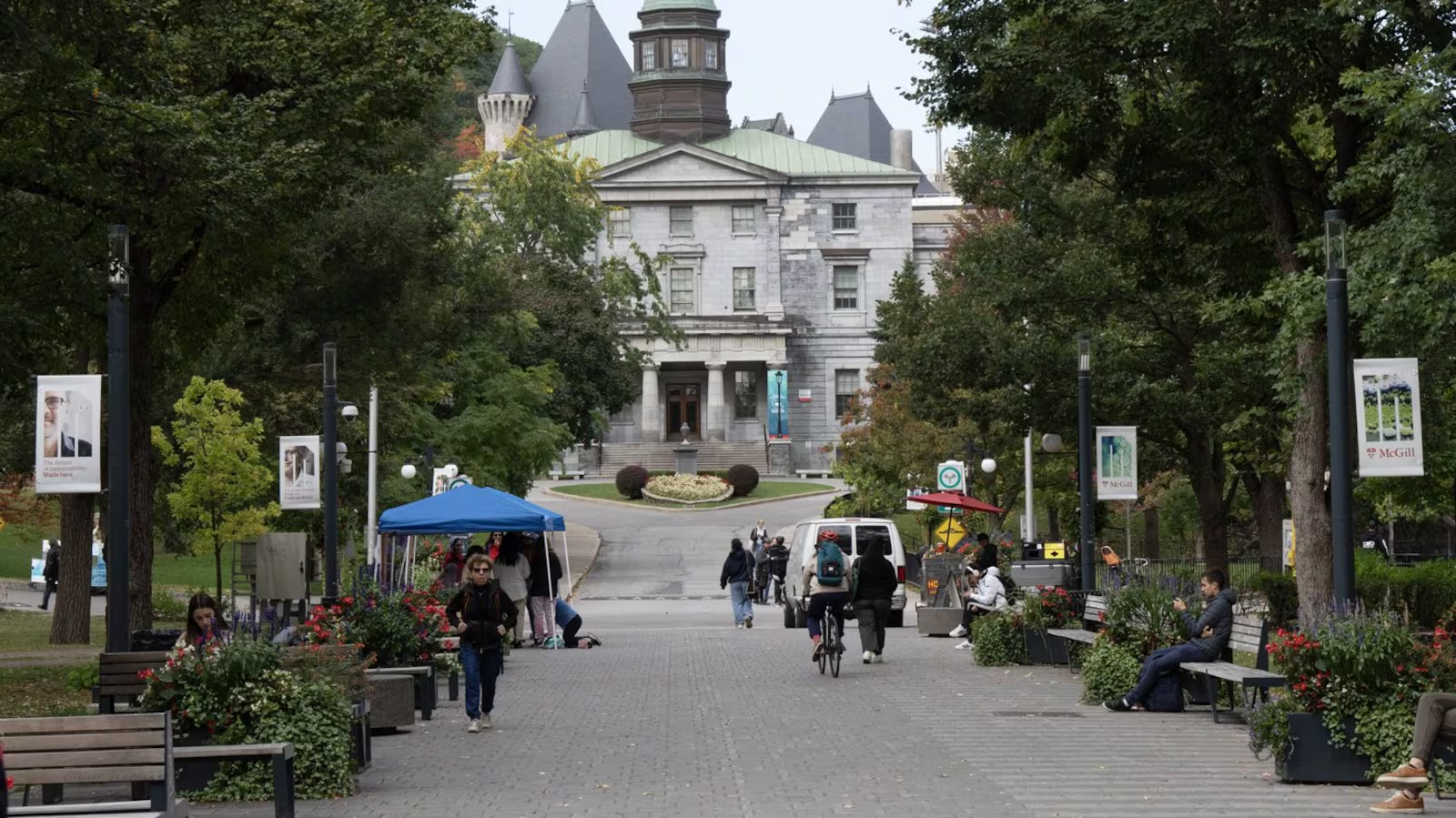OTTAWA — Canada’s new 2026–2028 Immigration Levels Plan marks a major policy shift — dramatically reducing the number of international student visas while focusing on economic immigration and granting permanent residency opportunities to people already living in Canada on temporary permits.
Under the new plan, international student visa approvals will be cut in half, dropping from roughly 306,000 in 2025 to 155,000 in 2026, and remaining near 150,000 annually through 2028. The government says the decision aims to rebalance Canada’s immigration system, which has been strained by high temporary migration levels and pressure on housing and education infrastructure.
The cuts come amid growing concern over post-secondary institutions’ reliance on international tuition — often four to five times higher than domestic rates — which has led to significant budget shortfalls across colleges and universities.
Focus Shifts to Economic Immigration and Long-Term Stability
While student and temporary worker programs face steep reductions, the federal government will continue to welcome around 380,000 new permanent residents each year between 2026 and 2028 — with an increased focus on economic-class newcomers.
- Economic immigrants: Nearly 240,000 in 2026, rising to 245,000 by 2028 — about 10,000 more than previously planned.
- Family reunification: Cut to 84,000 visas in 2026, down about 4,000 from earlier targets.
- Refugees and humanitarian cases: Reduced from 62,250 to 54,300 in 2026.
The plan’s core principle is to reduce temporary migration — including international students and foreign workers — to less than five per cent of Canada’s total population by 2027.
Pathway to Permanent Residency for Temporary Residents
A new measure in the 2025 federal budget offers a one-time pathway for 33,000 work permit holders already in Canada to transition to permanent residency over the next two years. This initiative acknowledges the contributions of temporary residents, many of whom work in essential industries, and seeks to stabilize Canada’s labour force by giving them long-term status.
Additionally, the government is introducing a special recognition initiative for certain protected persons who have been living in Canada for years but cannot return to their home countries. These individuals will be eligible for permanent residency under a streamlined two-year program — details of which are expected to follow in the upcoming Immigration Department’s Annual Report.
Reducing Temporary Workers, Boosting Skilled Talent
The plan also continues the previously announced cutback on temporary workers. Canada will issue 230,000 temporary work permits in 2026, slightly higher than the earlier target of 210,000 but far below the 368,000 issued in 2025.
Most of these work permits will be distributed between two programs:
- The International Mobility Program (IMP) — which brings in highly skilled workers without a labour market test.
- The Temporary Foreign Worker Program (TFWP) — which requires employers to prove no Canadians are available for the job.
While the Conservatives have pushed to scrap the TFWP altogether, citing high youth unemployment, Ottawa maintains that the program remains vital for rural, remote, and tariff-hit industries struggling to find workers.
Supporting Innovation and Research Talent
The federal budget also introduces a $1.7 billion international talent recruitment plan, designed to attract over 1,000 top researchers and innovators to Canadian universities in fields such as engineering, health sciences, and technology. This is part of a broader effort to make Canada a global hub for research-driven economic growth.
Looking Ahead
Immigration Minister David Baxter said the new plan balances “economic need with social responsibility.”
“Canada will continue to welcome newcomers who contribute to our economy and communities,” Baxter stated. “But we must ensure our system remains fair, sustainable, and aligned with housing, health care, and education capacity.”
With this recalibration, the federal government is attempting to shift from short-term volume to long-term value — favouring permanent, skilled immigration over temporary surges.
The full 2026–2028 Immigration Levels Plan and accompanying budget measures will be tabled in Parliament later this month, with details on the eligibility criteria for temporary residents and protected persons expected to follow.

